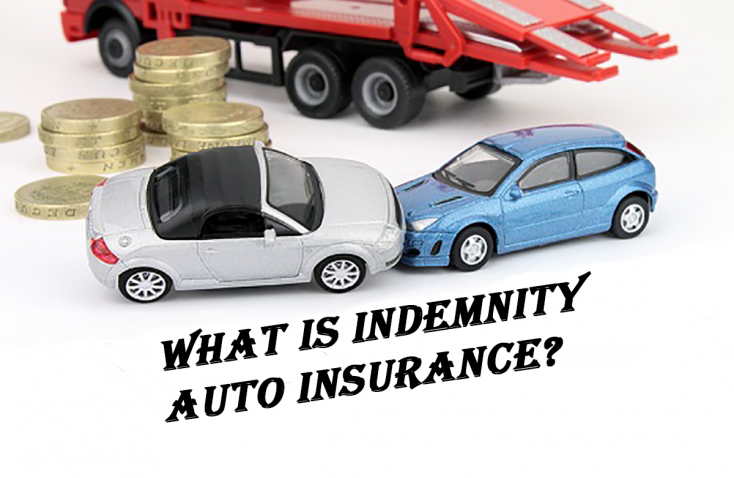Split or Combined Single Limits?

Many people do not know that there are multiple coverage limits that are available for people who are looking for automobile insurance. Each state has a required amount of insurance, but higher amounts are available. In many cases, getting additional coverage can further protect you if an accident happens. It is a smart plan to research and make sure that you have the right coverage for your unique situation. Accidents do happen, and they can end up being very costly for people who do not have the appropriate amount of insurance to cover the damages.
In addition, there are two main types of insurance coverage, split limit liability coverage, and combined single limit liability coverage. Each of these has pros and cons.
What Is Split Limit?
Split limit coverage divides the required coverage limits into three separate areas. These three areas are injury liability coverage per person, bodily injury liability coverage per accident, and property damage liability coverage per incident. There will be three separate numbers in this type of coverage, which is often written to reflect the coverage of each (50/100/25, as an example).
Split Limit Liability Coverage
For split limit liability coverage of 50/100/25, the person’s policy includes $50,000 of bodily injury liability coverage per person and $100,000 of bodily injury liability coverage per accident. It also includes $25,000 property damage liability coverage.
What Is Combined Single Limit?
There are liability and property damage coverage options called combined single limit coverage. In this type of policy, an insurance company will sell insurance policies that have a fixed number of benefits, which can be divided between bodily injury coverage and property damage coverage in any way.
Combined Single Limit Coverage
Combined single limit coverage works differently than split limit coverage. In this type of insurance policy, a set number is given by the insurance company. This number is what the insurance company will pay. If you were to carry a policy that had $150,000 as the set number, the insurance provider will pay up to $150,000 in a single accident. This is for property damage and/or bodily injury, in combination.
Combined Coverage Vs. Split Limit Coverage
Most people choose to get split limit coverage, although there are situations where a person might not be fully covered. If the person has 50/100/25 coverage and there is a person injured in an accident that is your fault that has $75,000 of bodily injury bills, the person’s policy would only cover $50,000 of the bills. This is because the per person coverage limit is $50,000. The $100,000 limit that is the middle number is for multiple people in an accident, such as coverage for two people in the other vehicle at $50,000 per person. This is why it is important sometimes to get coverage that is in higher amounts than the minimum coverage limits for your state.
If, however, a person got combined coverage in the amount of $100,000, the same accident above might be covered in full. The $100,000 can be distributed in any fashion, creating a benefit for this type of policy. Many people choose to buy $100,000 or more of coverage per person in an accident, even in split limit coverage policies.
Which is better, Split Limit or CSL?
Many people prefer to get combined coverage, though split limit coverage is the type of insurance policy that is most marketed. Most businesses market this type of policy, and there are many people who do not even know that combined coverage exists.
Advantages
There are many advantages and disadvantages to single limit liability insurance coverage, and knowing these pros and cons will help you better make a decision about what type of insurance policies you want to purchase. One of the major advantages of single liability limit coverage is that there is a single number that applies for claims of all types. This means that regardless of what happens, money can apply towards anything that is covered. If property damage bills are higher than average, the money can still be there in the pot.
This type of insurance policy can also be nice in that you often would not need an additional insurance policy to protect from lawsuits specifically. There are many different types of automobile insurance plans people can buy, and the flexibility that a single limit liability policy brings to the table can be very convenient.
Another benefit of this policy is that most plans are easily able to cover any claims resulting from an accident. This is in part because it is one large number that can be applied in any way, but also because the benefits apply to so many things.
Disadvantages
One of the reasons that many people opt for split limit insurance coverage and many car insurance companies advertise it, is that the single limit liability insurance policies are often more expensive than split limit coverage. People who want to avoid having auto insurance premiums that are higher will likely avoid split limit insurance coverage. Also, for people do not have a lot of assets they need to protect, or their car is not worth enough to benefit from one larger insurance benefit number, a split limit policy may be the ideal plan.









